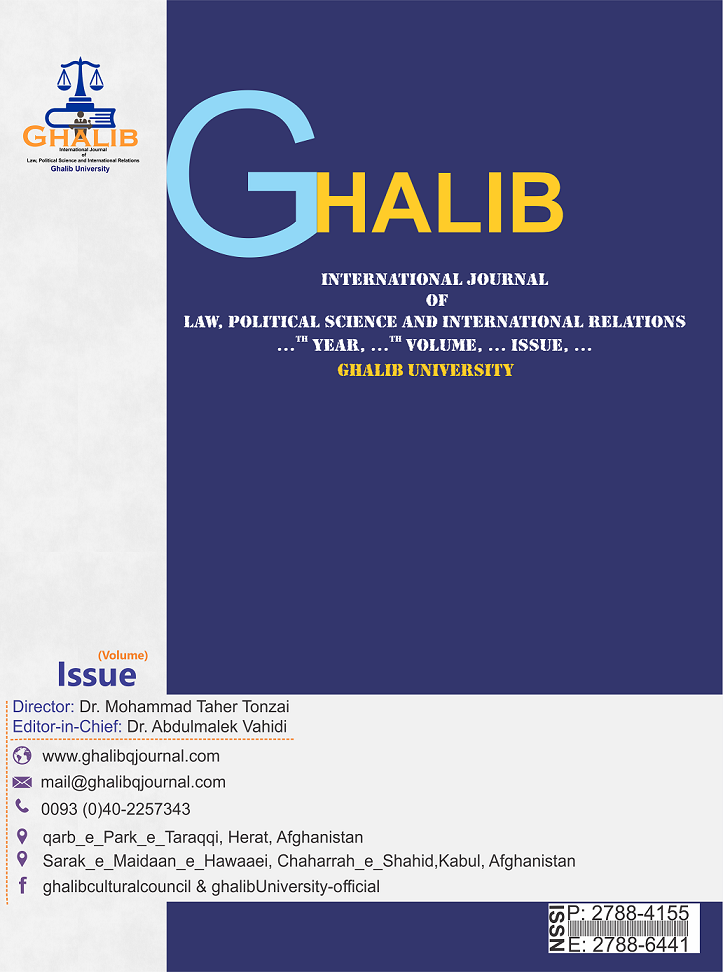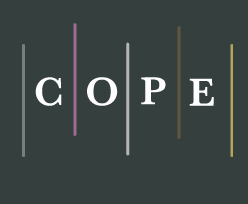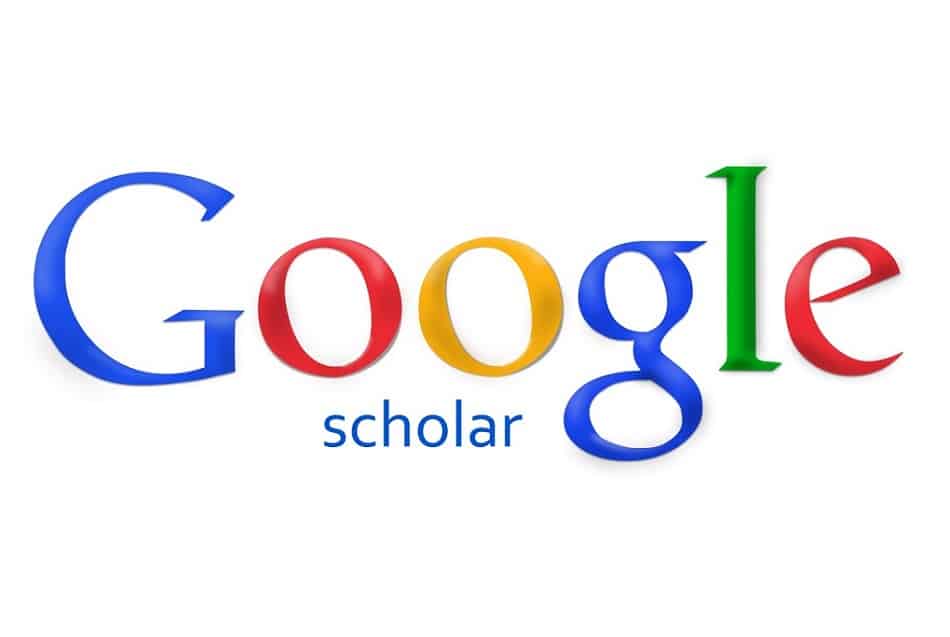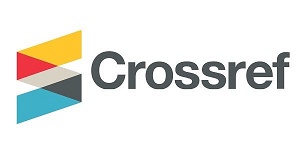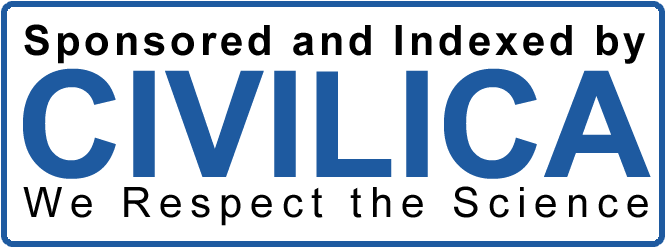Linguistic Study of Writing on Car in Herat city
DOI:
https://doi.org/10.58342/ghalibqj.V.12.I.3.10Keywords:
Car writing, Herat city, linguistics, linguistic symbol, image symbol, mathematical symbolAbstract
Cars autographs, as a reflection of thoughts and opinions, are a part of the folk and traditional culture of every society, which we easily pass by every day and night; Regardless of the fact that these manifestations express the culture, customs and traditions of a huge part of the society. Today, such studies are investigated in the field of linguistics, especially the ethnography of speech. The purpose of speech ethnography is to generally describe the culture from the point of view of its affiliated members, and the ethnography of a nation or people is a collection of information, which includes many different social aspects of them, and one of those aspects or parts can be the examination of language. To be familiar with autographs. Since extensive research on the linguistic, thematic structure and social and cultural function of autographs has not been done in Herat or even in all over Afghanistan; This article poses the following question: which types of symbols are more common in the autographs of Herat city? Linguistically (linguistic symbols, mathematical symbols, and image symbols) the light and heavy autographs of Herat city were investigated with the data of 5000 autographs in order to determine the use of the symbols and topics of the autographs of Herat city, which is written in the development of literature. Common sense is important. In this article, a survey-style descriptive method has been used to examine its data. The findings of the research point to the religiousness of most of the topics of the autographs of Herat city, and it was also found that the Dari-Persian language has the highest frequency in the autographs, compared to other common languages of Herat city.
References
۱. اجلی، سمیه؛ جاهد، محسن و کاوندی، سحر. (1401). «بررسی مدل زبانشناسی کلام عقلی اسلامی». ایران: دوفصلنامۀ علمی تأملات فلسفی. دورۀ دوازدهم. شمارۀ 28. 81 – 100.
۲. جلیلی، جواد. (1384). ادبیات جادهای. قم: انتشارات وفایی.
۳. حمیدی، سید جعفر. (1381). ماشیننوشتهها شعرهای بلاگردان در باور رهنوردان بیدار. تهران: نشر دنیای تمدن سبز.
۴. دیوسالار، فرهاد. (1389). «آسیبشناسی اعتماد اجتماعی در خودرونوشتهها». ایران: فصلنامۀ اندیشههای ادب. شمارۀ 5.
۵. زندی، بهمن؛ سمایی، سیدمهدی و شهبازی، مسعود. (1389). «بررسی زبانشناختی خودرونوشتههای شهر تهران و اردبیل». ایران: فصلنامۀ تحقیقات فرهنگی. دورۀ چهارم. شمارۀ 4. 206 – 185.
۶. سوسور، فردیناند. (1392). دورۀ زبانشناسی عمومی. ترجمۀ کوروش صفوی. تهران: انتشارات هرمس.
۷. شفیعی کدکنی، محمدرضا. (1379). موسقی شعر. چ ششم. تهران: نشر مرکز.
۸. شهبازی، مسعود. (1389). «بررسی خودرونوشتههای شهرهای تهران و اردبیل از دیدگاه زبانشناختی». بهرهنمایی بهمن زندی: پایاننامۀ کارشناسی ارشد. دانشکدۀ علوم انسانی. دانشگاه پیام نور. شهر تهران. کشور ایران.
۹. صدیقی، محمد اسماعیل. (1397). «نقش عوامل جغرافیایی بر اقتصاد ولایت هرات». هرات: فصلنامۀ علمی– پژوهشی پوهنتون/ دانشگاه هرات. سلسلۀ 86. شمارۀ سوم. 37 – 50.
۱۰. طبایی زواره، سیدجمال. (1388). اتولنامه فرهنگ ماشین نوشتهها در ایران. چ دوم. تهران: نشر یک.
۱۱. قجری، حسینعلی و نظری، جواد. (1393). کاربرد تحلیل گفتمان در تحقیقات اجتماعی. تهران: جامعهشناسان.
۱۲. قربانپور آرانی، حسین؛ زارعی، عباس و عربشاهی الهام. (1396). «بررسی کارکرد اجتماعی – فرهنگی، ماشیننگارهها بر اساس مدل قومنگاری زبانی هایمز». ایران: مجلۀ مطالعات فرهنگ و ارتباطات. 200 – 178.
۱۳. کوثر، مسعود. (1389). «گرافیتی به منزلۀ هنر اعتراض». ایران: فصلنامۀ جامعهشناسی هنر و ادبیات. دورۀ دوم، (شماره 1). 65 - 102. <http://noo.rs/fnkvh>.
References
Devsalar, Farhad. (1389). Pathology of social trust in autographs. The Quarterly Journal of Thoughts of Literature. Guided by Bahman Zandi: Master's thesis. Faculty of Humanities. Payam Noor University. Tehran City. Iran. Number 5. (Persian).
Ejali, Samia; Jahid, Mohsen and Cavendi, Sahar. (2022). Examining the Linguistic Model of Islamic Rational Speech. journal of philosophical reflections, twelfth period, number 28, 81-100. (Persian).
Gurbanpour Arani, Hossein; Zarei, Abbas and Arabshahi Elham. (2016). Investigating the socio-cultural function of machine-paintings based on Hymes' linguistic ethnographic model. Journal of Culture and Communication Studies. 178-200. (Persian).
Hamidi, Seyed Jafar. (2002). Machine writings, poems of confusion in the belief of enlightened leaders. Tehran: Green Civilization World Publishing. Persian.
Jalili, Javad. (2005). Road literature. Qom: Vafai Publications. (Persian).
Kausar, Massoud. (2010). Graffiti as protest art. Sociology of Art and Literature Quarterly, Second cycle, (No. 1). 65 - 102. http://noo.rs/fnkvh. No. 1. (Persian).
Qajri, Hossein Ali and Nazari, Javad. (2013). The use of discourse analysis in social research. First edition, Tehran: Sociologists. (Persian).
Saussure, Ferdinande. (2012). General linguistics course. Translated by Koros Safavi, Tehran: Hermes Publications. (Persian).
Shafi'i Kodkani, Mohammad Reza. (2000). Poetry music. 6th edition, Tehran: Eshar Karzan. (Persian).
Shahbazi, Massoud. (2010). "Study of the autographs of Tehran and Ardabil cities from a linguistic point of view". Master thesis. (Persian).
Siddiqui, Mohammad Ismail. (2017). the role of geographic factors on the economy of Herat province (a review). Scientific-Research Quarterly of Herat University of Natural Sciences, Series 86, Number 3, 37-50. (Persian).
Tabai Zavareh, Seyyed Jamal. (2009). Autol-nameh of the culture of writing machines in Iran. 2nd edition, Tehran: Nosh Yak. (Persian).
Zandi, Bahman; Samai, Seyyed Mehdi and Shahbazi, Massoud. (2010). Linguistic study of autographs of Tehran and Ardabil. Cultural Research Quarterly. Volume IV, Number 4, 206-185. (Persian).
Downloads
Published
How to Cite
Issue
Section
License
Copyright (c) 2023 ghalib quarterly journal

This work is licensed under a Creative Commons Attribution 4.0 International License.


